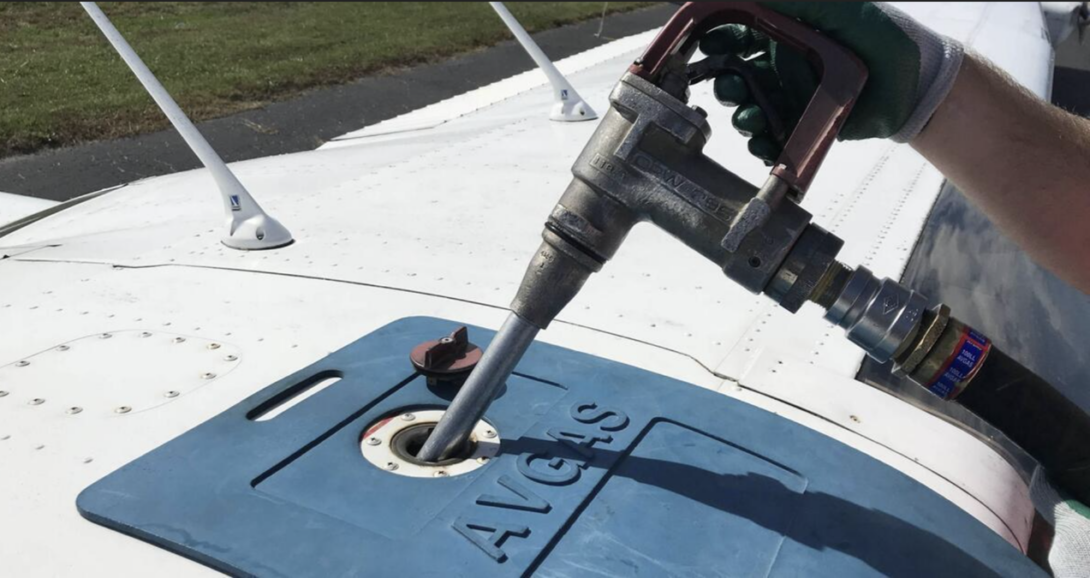Children Living Near an Airport Exhibit Higher Average Blood Lead Levels
title

On August 9, 2024, CEHI research on the effects of lead in aviation gas, led by Abdul-Nasah Soale, was published in Environmental Health Perspectives. In the wake of the U.S. Environmental Protection Agency’s (EPA) October 2023 endangerment finding, we evaluated the association between blood lead levels (BLLs) and leaded aviation gas (avgas) exposure in children under the age of 6 years old across all 100 North Carolina counties. Research has continually shown that there is no safe BLL for children, and even with lead poisoning prevention efforts, many aircrafts have continued to rely on leaded avgas as their main fuel source. This study found that children who live near an airport have higher BLLs on average compared to those who live farther away, demonstrating a dose-response gradient. These new findings add to the body of evidence on detrimental effects of leaded avgas, relevant to the EPA’s and Federal Aviation Administration’s (FAA) future regulatory proposals.
For more details, read the article published in Environmental Health Perspectives.